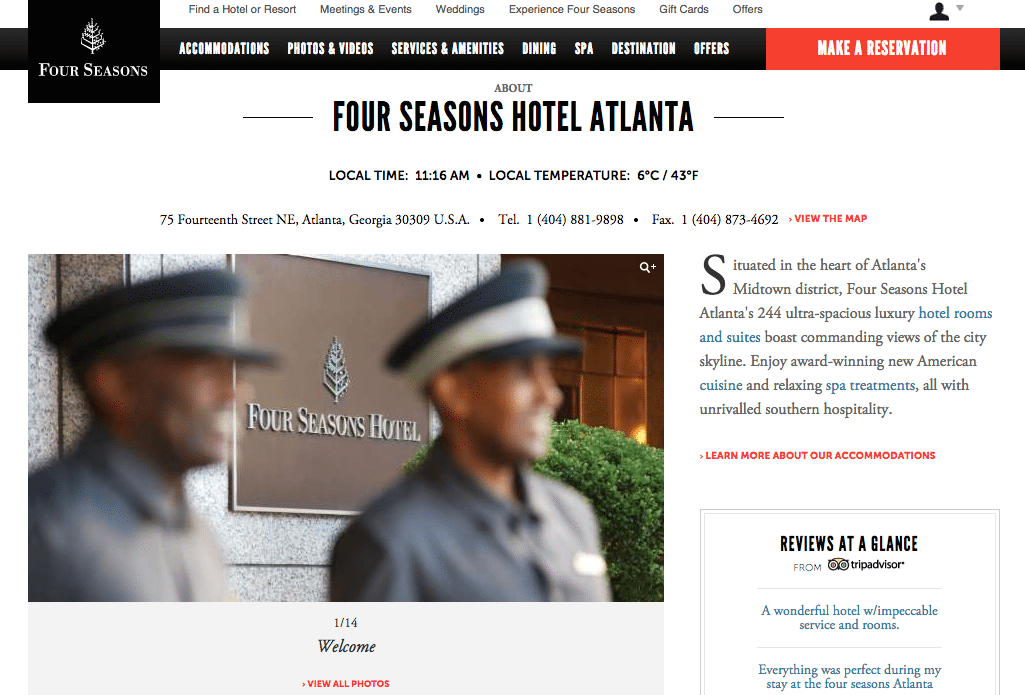When Did Big Hotel Brands Fall in Love With User Reviews?

Skift Take
In order for hotels to drive direct bookings, it's better to keep customers engaged and on their websites by providing an unbiased, less controlled take on the property than have them leave and seek out other review and booking channels.
When TripAdvisor launched in 2000, not many people cared about regular travelers' thoughts about hotels, attractions, or travel in general.
Except their friends, of course.
User reviews, which quickly gained popularity as online booking grew, became a threat to hotels and traditional media that could no longer controlled the message of how strong their shower pressure was or friendly the pool staff had been.
One only need look at the rise of TripAdvisor as one of the most trusted travel resources to see the consumer strength in peer recommendations and reviews.
TripAdvisor first offered self-service widgets, such as “recommended on” and “rated on” badges, to hoteliers in 2008. The first review display hotel partner was ClubMed in the U.S. and Canada; they went live with TripAdvisor ratings and reviews in 2009.
In 2012, more major b
